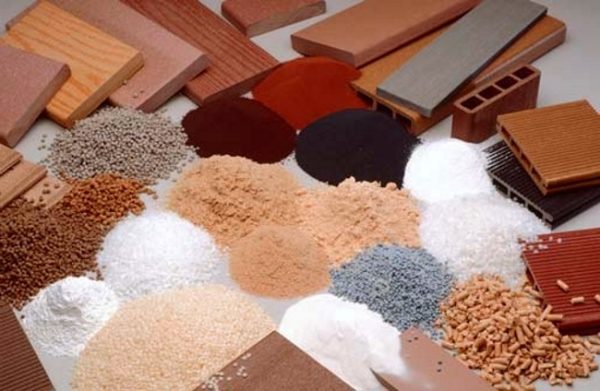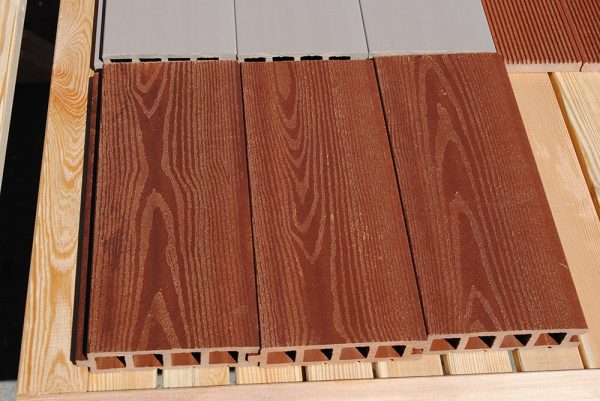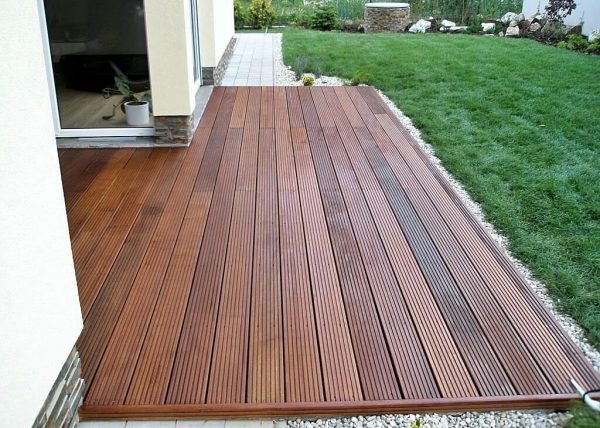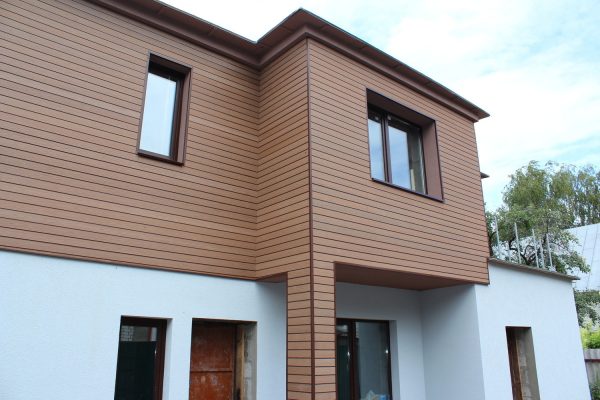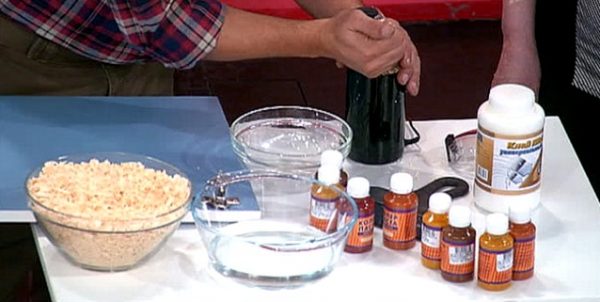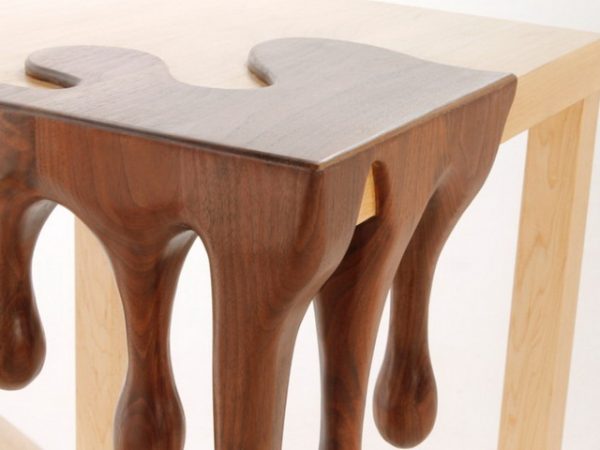Liquid wallpaper, self-leveling floors began to appear on the market for construction products, now it is the turn of the liquid tree. The product was created in Germany from waste, and is now widely distributed throughout the world.
- How is wood plastic made
- Properties of wood-plastic
- Advantages and disadvantages of building materials
- Scopes of use of a liquid tree
- Selection of products from WPC
- How to make composite wood yourself
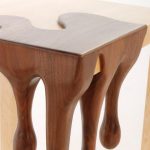
How is wood plastic made
A liquid tree or wood-polymer composite consists of a wood base enclosed in plastic. This new combination of ingredients has its advantages. Impact resistance, resilience, environmental friendliness took over from the wooden base, and this raw material here is almost free, since wood flour of any waste comes into play, from plastic - resistance to rust, mold, insects, flexibility, ease of processing. The polymer envelops the base and protects it from the main enemy - water. Plastic as part of WPC - 90% recycling of plastic waste.
This is a unique material that is made from the following components:
- Filler from shredded timber, which is a waste of woodworking.
- Polyethylene, polyvinyl chloride and other plastic ingredients that bind it into one mass.
- Lubricators that repel water.
- Modifiers for strength that help keep fit.
- Colorants for a uniform and bright color.
- Foaming agent for a flat and smooth surface, at the same time reduces the weight of the finished bar.
- Biocides that prevent mold and mildew.
to contents ↑The essence of composite wood production is to mix all the components in one container, after which the mass is heated to high temperatures. As a result, it combines at the molecular level and becomes strong. Then the mass is poured into the workpieces under strong pressure and slowly cool.
Properties of wood-plastic
WPC simultaneously combines the best properties of polymer and wood. It is endowed with the color and smell of natural raw materials. This material has many distinctive characteristics that bring the product to the forefront. Demand for it is only growing, its distinctive features:
- similar to natural wood, but much better in quality;
- environmentally friendly and safe product without chemical impurities;
- not afraid of mechanical damage;
- ideally preserves the structure at temperature jumps from -50 to + 180 degrees;
- It is not afraid of insects and is not subject to the appearance of mold and rot;
- no need for painting and additional care;
- not afraid of ultraviolet radiation;
- does not change the structure and color when exposed to alkalis and acids;
- it is permissible to process with construction tools, like ordinary timber;
- thanks to the polymer in the composition, the material can be heated and give it the desired shape.
Advantages and disadvantages of building materials
Composite wood is widespread among buyers. It combines the best qualities of natural raw materials and the resistance of the polymer to mechanical damage.
If we compare the wood-polymer composite with natural components, then it has several advantages:
- excellent moisture resistant properties;
- resistant to temperature changes in the range from +180 to –50 degrees;
- withstands mechanical stress;
- mold does not form, is not damaged by insects due to antibacterial components;
- easy and quick installation;
- no need to varnish, paint, easy to clean;
- durability, serves more than 25 years;
- takes a diverse form;
- It is presented in a wide color range;
- resistant to aggressive detergents;
- recyclable;
- It is much cheaper than natural raw materials, but not inferior to it in quality.
Disadvantages of wood plastic:
- not to be installed in places where high humidity and high temperature conditions;
- need additional ventilation.
Scopes of use of a liquid tree
The scope of the wood polymer is gradually expanding. It is used in the manufacture of the following products.
- Two-layer parquet. The size of such tiles is 3x3 meters, thickness is from 25 to 55 mm. The first layer is a polymer, and the second is a wooden base, which is attached to the substrate with small screws. Such parquet is covered with a garden plot and an open terrace.
- Siding for exterior decoration at home.
- Decking or decking. It is suitable for floors and for car parking, has found application in the construction of marinas, ship decks and piers.
This innovative building material is used in the design of residential and public buildings, construction. This coating will not wear off, crack, crumble, or mold from rains and snow. From wood plastic, you can make blanks for furniture that can withstand heavy loads.
Wood combined with plastic is adjacent to brickwork, drywall and concrete.
to contents ↑Selection of products from WPC
Before you buy this product, you need to know how to choose it correctly, otherwise there is a chance to purchase low-quality goods. What to look for when buying:
- If light particles are present on the board, then the composition contains poor wood dust, not sufficiently fragmented. It does not have good moisture resistant properties, water will gradually accumulate on the surface and destroy the product.
- When buying a wood-polymer composite, in addition to the shade, you should pay attention to the texture. Too polished and shiny wood polymer is not suitable for flooring, as it is very slippery.
- About good or low quality wood plastic says color. If the composition is poorly mixed in production, then stains, spots, heterogeneous coloring appear on the surface.
- Wood plastic will be of high quality if hardwood flour is used in the manufacturing process. Softwood flour makes the product not so stable and increases its flammability.
When buying, you should give preference to well-known manufacturers.
to contents ↑How to make composite wood yourself
It happens that you have to repair furniture from chipboard at home or cracked parquet tiles, the laminate crumbled out, then wood plastic will come to the rescue. It is not difficult to make it yourself, for this you will need:
- sawdust;
- PVA glue.
DIY workshop for making wood polymer
- Grind the sawdust to the state of flour, this is especially good in a conventional coffee grinder.
- Mix wood dust with glue to a paste-like consistency.
- Choose a suitable dye color and squeeze it into the mass. Kohler to choose for a water emulsion.
- Coat the damaged area and wait for it to dry completely, then sand it with sandpaper.
In such a simple way, you can reanimate broken and damaged furniture.
Wood-plastic is an excellent alternative to natural wood with improved characteristics, environmental friendliness and low cost. The product is widely used in the decoration of private houses, terraces and household plots.

